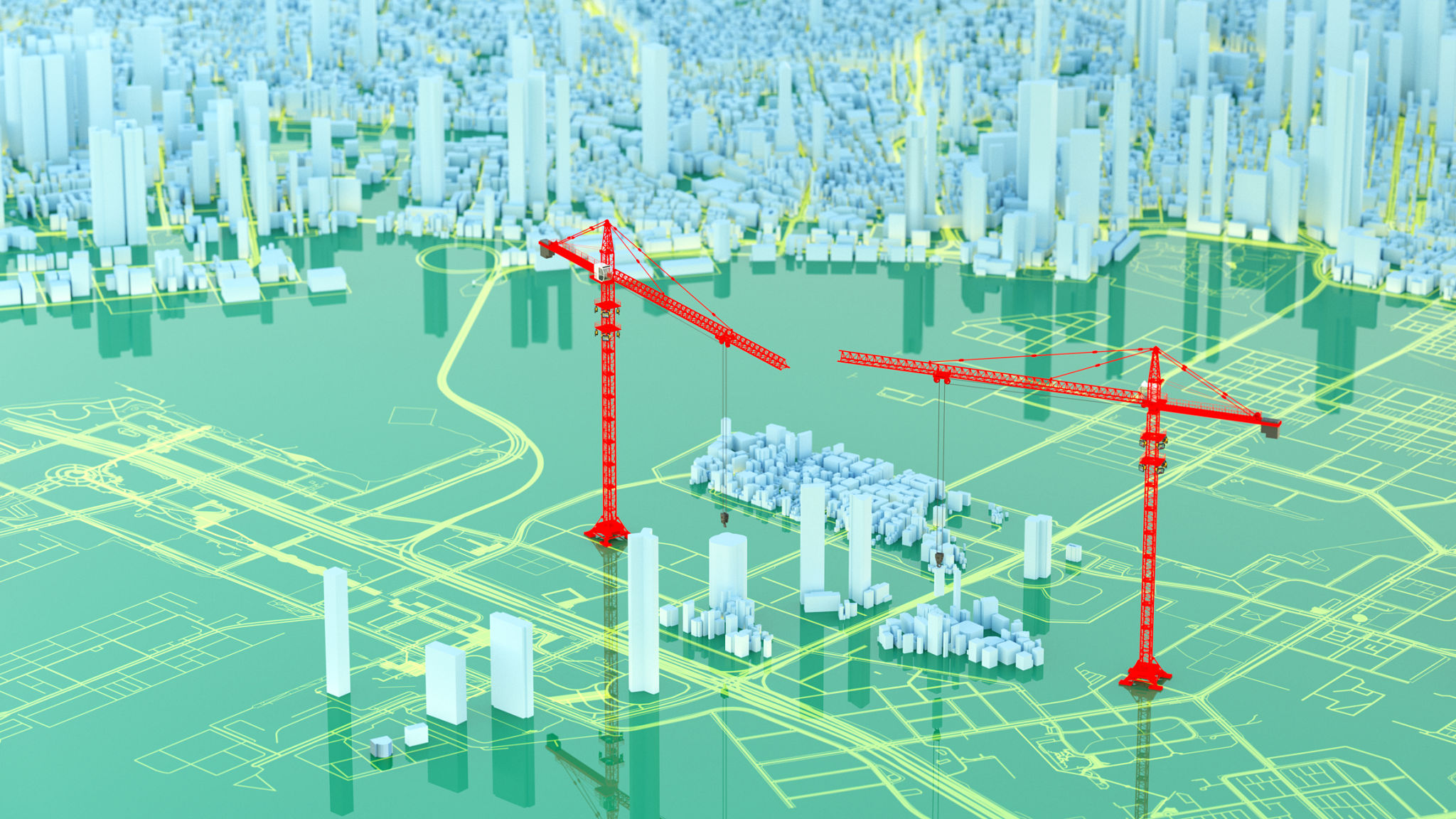The Role of Interior Design in Sustainable Solar Projects
Understanding the Intersection of Interior Design and Sustainability
As the world increasingly turns towards renewable energy solutions, solar projects have gained significant traction. However, the focus often remains on the technical and engineering aspects, leaving the role of interior design in the background. Interior design plays a crucial role in ensuring that solar projects are not only energy-efficient but also aesthetically pleasing and functional.
By integrating sustainable materials and designs, interior designers can enhance the overall efficiency of solar-powered buildings. This integration helps in creating spaces that maximize the benefits of solar energy while ensuring comfort and style.

Enhancing Energy Efficiency Through Design
The strategic use of natural light is a key area where interior design can significantly impact a building's energy efficiency. Designers can use reflective surfaces, open floor plans, and strategically placed windows to optimize the use of natural light, reducing the reliance on artificial lighting.
Incorporating energy-efficient appliances and materials further contributes to sustainability. For instance, using recycled or locally sourced materials can reduce the carbon footprint of a project, while energy-efficient fixtures can minimize electricity consumption.

Creating Comfortable and Functional Spaces
While energy efficiency is crucial, the comfort and functionality of a space cannot be overlooked. Interior designers can ensure that spaces are not only sustainable but also comfortable for occupants. This involves considering factors such as ventilation, temperature control, and acoustics.
Designers can also incorporate flexible spaces that adapt to different needs, promoting a sustainable lifestyle. This flexibility enables spaces to be used for multiple purposes, reducing the need for additional resources and renovations.

Innovative Design Solutions for Solar Projects
Interior designers are at the forefront of innovative solutions that integrate sustainability with style. For example, the use of green walls and roofs not only enhances the aesthetic appeal but also improves insulation and air quality.
Additionally, smart home technologies can be incorporated to further enhance a building's sustainability. These technologies allow for better energy management, enabling occupants to monitor and adjust their energy usage efficiently.
The Future of Sustainable Interior Design
As the demand for sustainable solutions grows, the role of interior design in solar projects will continue to evolve. Designers will need to stay informed about the latest trends and technologies to create spaces that are not only eco-friendly but also future-proof.
The collaboration between architects, engineers, and interior designers is crucial in achieving truly sustainable solar projects. By working together, these professionals can create holistic solutions that meet both environmental and aesthetic goals.

In conclusion, the role of interior design in sustainable solar projects is multifaceted, encompassing everything from energy efficiency to occupant comfort. As we move towards a more sustainable future, the integration of thoughtful design in solar projects will be essential in achieving environmental and economic benefits.